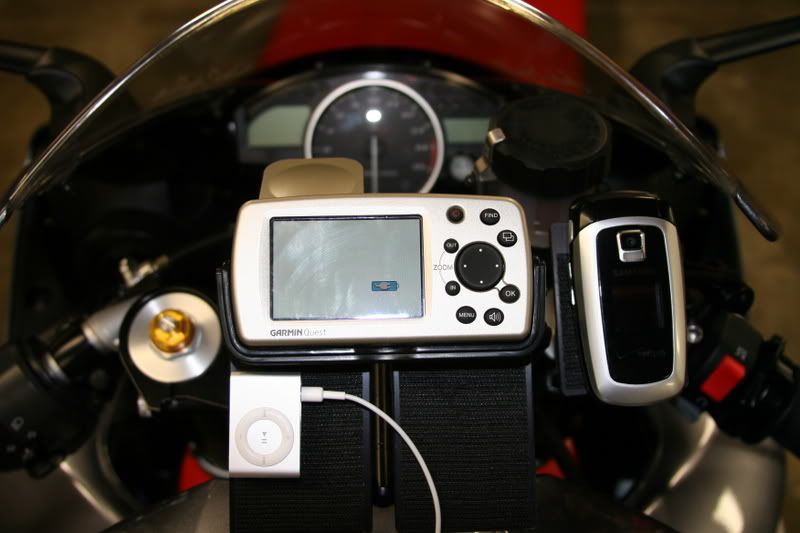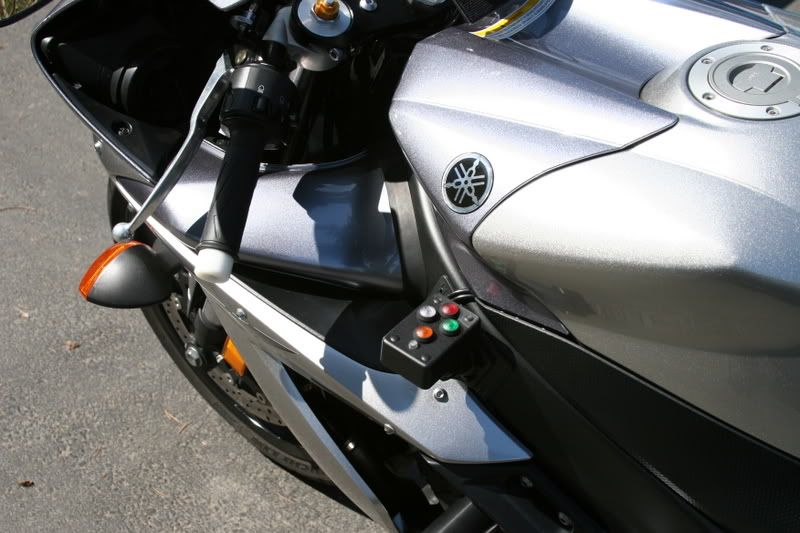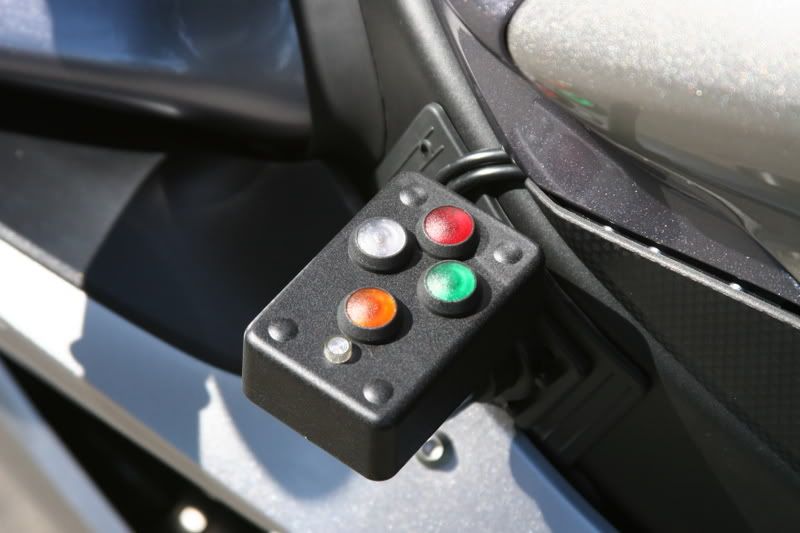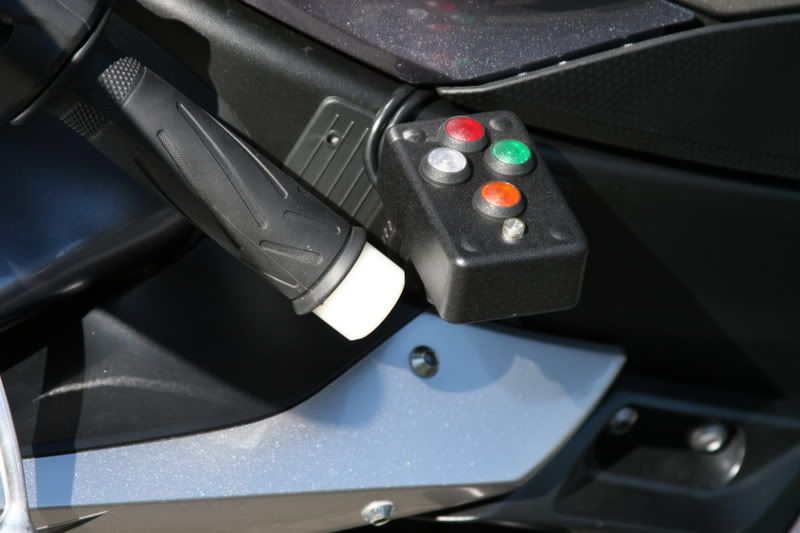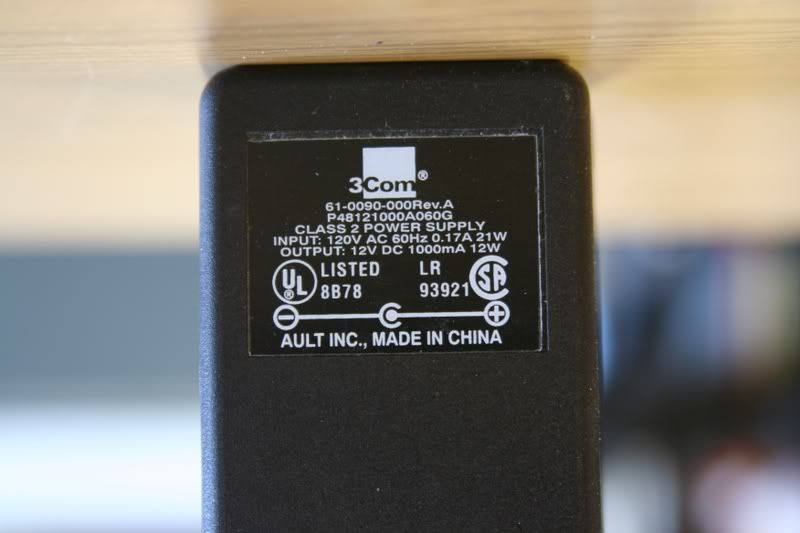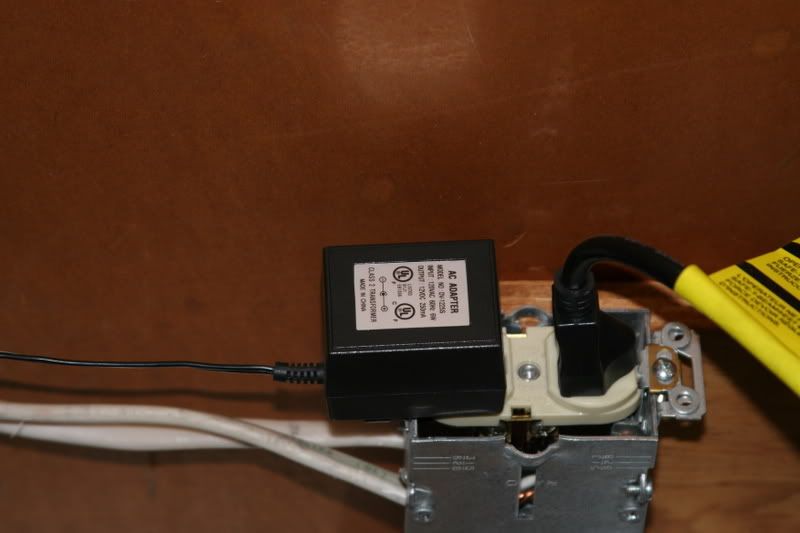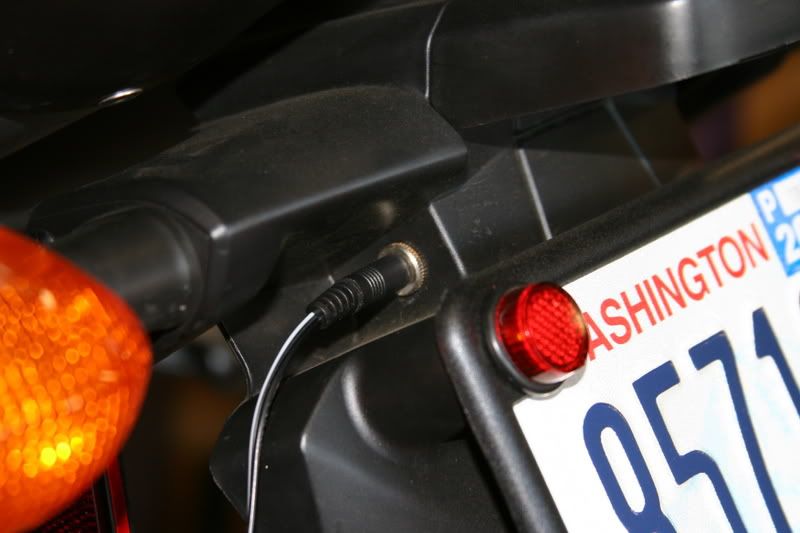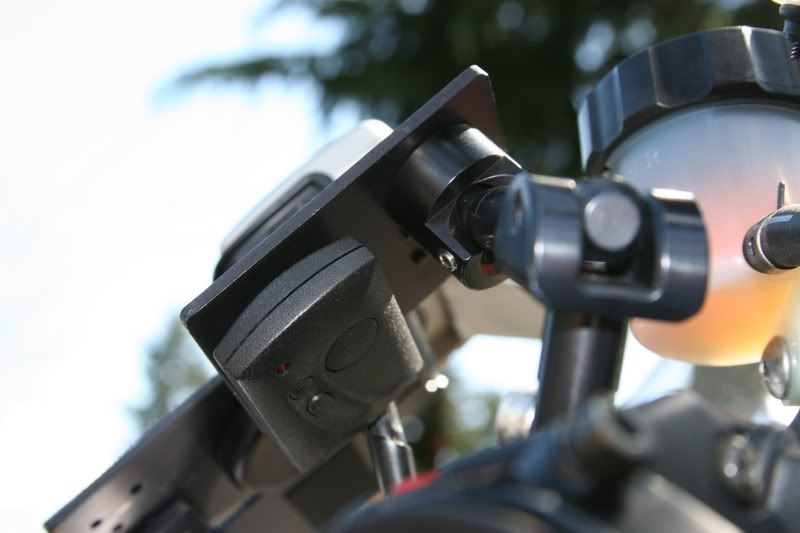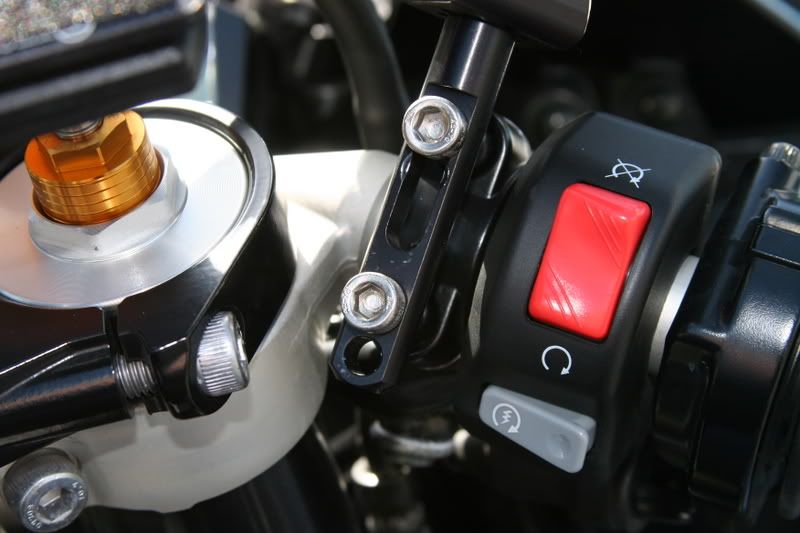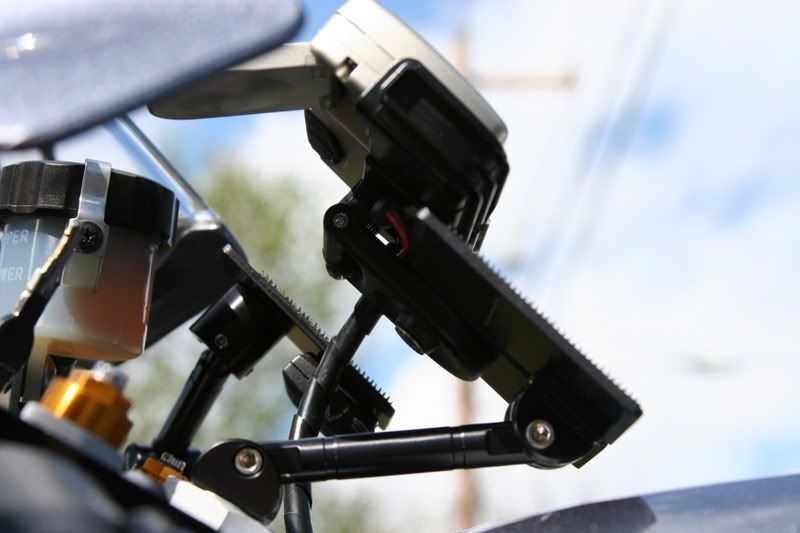Lots of people don't know that the controls on a motorcycle are extremely adjustable. They accept the way the bike is delivered to them, and adapt their riding to the inaccurate settings of an assembly person at the dealership. This is not a good thing.
Motorcycles are 'pianissimo' machines, not 'fortissimo' like trucks. Very small control inputs can make huge differences in the way a motorcycle operates. Put your controls in the wrong space and you might get an undesirable result. So, let's investigate some of the controls.
I'm assuming you have some mechanical skills here. I'm not going to cover step-by-step details on which way to turn nuts and bolts. Get a friend to help you if you need it.
The brake and clutch lever angle (up and down) is the setting that's most commonly wrong as delivered. In a perfect world, there would be a straight line from your elbow to your finger tips and your controls would lie under that straight line. On a sportbike, that line may extend from your shoulder to your elbow to your fingertips. See what I mean in the pic below.

See the straight line that goes all the way down my arm and extends through the tip of my fingers? In order to get this straight line, you need to adjust the angle of the controls. Basically, just loosen their clamps and rotate them on the bars until the levers are where you want them. Some motorcycle manufacturers make this extremely difficult because they put locator pins in the clamps. You can easily remove the locator pins to get the levers where you want them. It's worth the effort.
Here is a pic of the clamp and bolt for the R1 clutch.

The bolt is almost directly in the center of the pic. Loosening this bolt will allow you rotate the clutch lever up and down on the bar. Remember to tighten this bolt again after adjustment!
The same basic setting should be made for the front brakes. Here is a pic of the bolts and clamp for the front master cylinder and lever assembly.

The correct bolts for the R1 are the chromed pair located between the red 'kill' switch and the gold suspension adjuster in the pic. Normally you will only need to loosen one of these to get the assembly to rotate. Again, some manufacturers use locator pins to prevent adjustments, but you can remove the pins to make this right.
If you've checked your work and made sure you like where this adjustment is set, then make sure your bolts and clamps are tight and let's move on.
Now you can adjust the beginning position of the levers. In other words, you can adjust where the levers are 'at rest' when your hand isn't on them. I should note that this adjustment also changes the point at which the lever stops moving.
If we change the point where it starts moving, it will also change the point where it stops moving. Why is it important to know that? Because, if you adjust these settings too far, the clutch might not disengage completely, and /or the brakes may not engage completely when you pull them all the way in. In any case, make sure your adjustments don't have undesirable effects from excessive adjustment. Normally, adjustments of 1/2 inch are at the extreme limit of what I would consider acceptable. Anything over 1/2 inch is probably very risky. Take care with this.
Here is a pic of the front brake adjuster on the R1. The small black knob allows you to change the distance between the bar and the lever when at rest. Adjusting this knob can be very helpful for people with small hands.

Some motorcycles have a similar adjustment for the clutch lever. In general, these machines use hydraulic clutch actuators. See your operator's manual for instructions.
On some motorcycles with cable actuated clutches (such as the R1), the clutch engagement point can be changed. Within limits, this has the effect of making the space between the bar and the clutch lever smaller (or larger) if desired. Note that if this adjustment is taken too far, the clutch will not completely disengage when the lever is pulled in. This can result in an accident or clutch failure. Make sure your clutch completely disengages if you adjust this setting very far.
Here is a pic of the R1 adjuster. It's the large aluminum wheel in the center of the pic. Simply turn it to make the lever engage at a point closer or further than it does now.


Now the hand controls are done. You've checked your work, verified everything still works correctly, and you've made sure everything is tight and 'perfect'. Let's move on to foot controls.
Huh? You can adjust the foot controls? Yup, you sure can. You can adjust the engagement point of the rear brake, and you can adjust the upshift/downshift point of the transmission. (Most motorcycles won't let you adjust the position of the footrests without an accessory kit designed for this task.)
Here's some info on the rear brake. You can adjust the position of the brake lever 'at rest'. It can be set so that rear brake is actuated pretty hard right after your foot touches the pedal, or it can be adjusted to require a lot of effort to actuate. Being perfectly honest, I've never had to adjust this setting on a streetbike with a hydraulic rear brake. Yours is probably fine, but you can adjust it if you want.
WARNING - misadjusting the rear brake for early and aggressive actuation can make the brakes fail to disengage when you release them. I DO NOT RECOMMEND ADJUSTING THE REAR BRAKE FOR MORE AGGRESSIVE ACTUATION. However, some people like to adjust their rear brake so it takes some extra effort to make it 'lock up'. These people often wear heavy boots and / or don't have much sensitivity in their feet. If you're one of those people and you've had problems locking up the rear wheel when braking, you can adjust the brake pedal downward so it takes more of your foot and ankle motion to get the brake to actuate. The adjuster is here. If you 'shorten' the threaded distance of the adjuster, the brake lever will require much more travel before actuation.


Again, check your work and make sure everything still functions correctly. Now we can move on to the shifter adjustment.
For the shifter, we're going to change the 'at rest' position. This will also change the spot at which it upshifts and downshifts. If you wear really thick boots (like hiking boots with thick soles) you might need to move the shifter upward so your boot fits under the shifter. On the other hand, if you wear boots with really thin soles and have smaller feet, you might need to move the shifter down so you don't miss any upshifts (actually quite common). Here are some pics of both ends of the adjuster rod on the R1. Most bikes have something similar nowdays. Simply increase or decrease the effective length of the rod to move the pedal up or down. Up for thick shoes, down for thin ones.



Ok, now you've looked at a bunch of extreme detail pics of my personal scooter. You've seen a bit of dirt and some
surface rust. I realize some people will think I'm a complete lowlife for letting nature take its course, but hey, it's surface rust. I live in Seattle. It rains. I ride. Tough dookie. Maybe I'll get around to fixing it someday.













